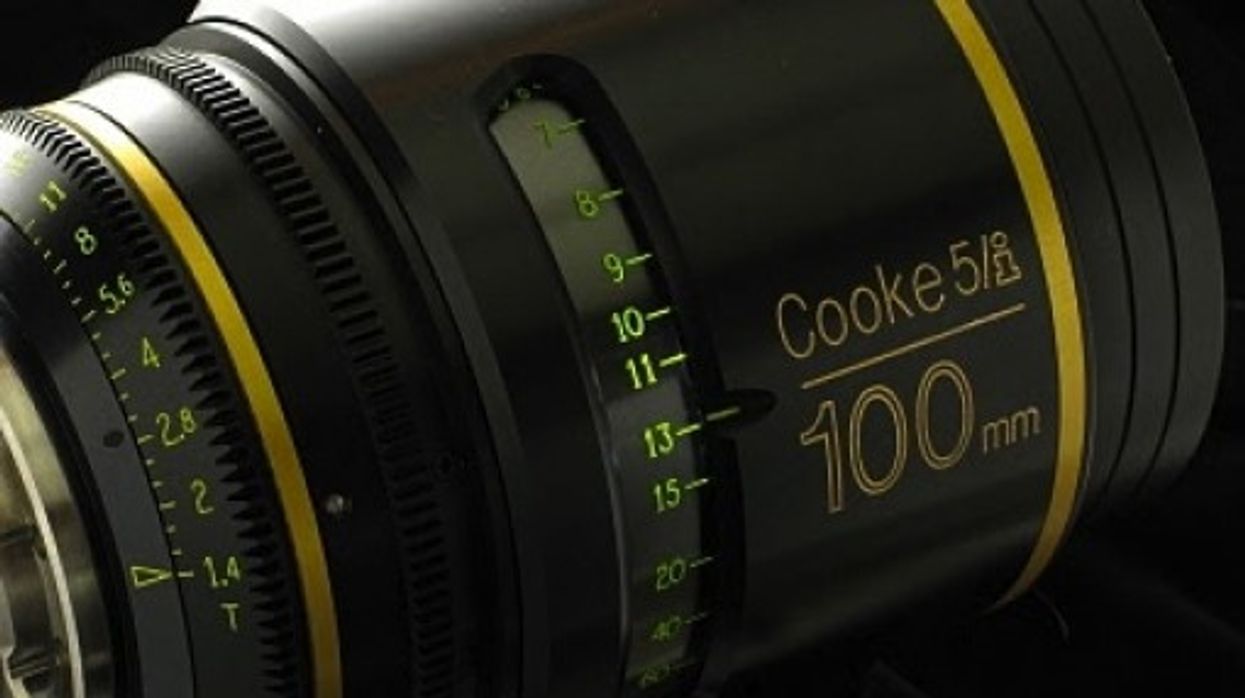Cooke Cinema Lenses: What Exactly Is the 'Cooke Look', and Why Do You Want It?
Your guide to all things Cooke.

Lenses are often one of the more subtle choices that the cinematographer makes when determining the look of a film. Usually things like camera (or film stock) and lighting take precedence over lenses. However, what many people don't realize is just how powerful an effect certain lenses can have on the final image of a film, no matter how subtle or subconsciously appealing the look may be. Cooke lenses, for example, are known worldwide for their distinctive look. But what exactly is the "Cooke look"? Where does it come from, and why would you want it on your next project? Stick with us to find out:
Cooke, as a lens manufacturer, has a rich and storied history (one which is well worth reading) dating back to the early 1890's for photography lenses and the early 1920's for cinema-style lenses. As such, cinema and Cooke lenses go together like peanut butter and jelly, and Cooke lenses have been used on some of the greatest cinematographic achievements in history. Even with the tremendous amount of options on the market today for cinema lenses, many cinematographers still stand steadfast by Cooke. But what exactly is it about Cooke glass that makes it so fantastic for the purpose of motion picture photography?
The answer to that question is a multifaceted one which we'll explore over the course of a few videos. In this first video, you get a quick, yet comical peak at what are often considered to be some of the best cinema lenses on the market today, the Cooke 5/i primes. This video comes to us courtesy of Inspiration Studios, who, as you're about to see, are some pretty funny guys (mildly NSFW):
In this video, our peeps at Craft Truck talk to the folks at Clairmont Camera about the various different Cooke lenses on the market right now, and why they're an excellent choice for discerning cinematographers:
In this next video, Mitch Gross from AbelCine breaks down "the Cooke Look" from a technical perspective. Here you can see what it is that really differentiates Cooke lenses from the other cine-style lenses on the market today.
Now that we've got an understanding of what the lenses are actually doing to produce their signature look, here's an excellent real-world example in the form of an old Philip Bloom piece, A Day at the Races, which was shot on a 7D with Cooke S4's. You can really see the inherent warmth and presence of the skin tones in this video.
In the end, lens choice boils down to a couple of different aesthetic factors: color, contrast, bokeh, distortion etc. Finding a set of lenses with perfect combination of these characteristics for a certain project can certainly be an involved task, and shooting a variety of resolution and color charts can help in that process. However, if you're looking for luscious, warm skin tones alongside smooth contrast and a pleasant amount of sharpness, then you never need to look any further than your nearest set of Cooke primes.
What do you guys think? Have you ever used Cooke lenses? If so, what did you think of the "Cooke look"? Let us know in the comments!
Links:











